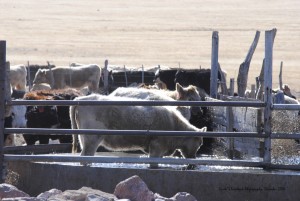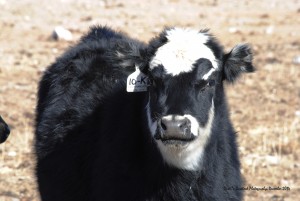Many producers across the district are trying oat pasture to graze this spring. The potential seems outstanding, but it is important to graze correctly in order to avoid those first year disappointments.
Oat pastures have increased in popularity in recent years. They can reduce problems from drought and provide fast, early grazing. Oat pastures can be very productive and last through early summer. Here are a few grazing recommendations that will help you succeed:
Oats grows rapidly; once it gets five or six inches tall, it quickly can shoot up to a foot tall in almost no time. As nice as this sounds, if initial oat growth gets that tall it may not stool out, tiller, and regrow after grazing very well. With this in mind, it is important to start grazing early and to graze hard enough to keep your oats vegetative and leafy, thereby stimulating it to constantly form new tillers.
So how early is early? That’s hard to say, but if your livestock start to graze when oats get six to eight inches tall and they remove just half the growth it should recover rapidly and tiller well. You probably will need to give your oats a couple weeks to regrow after this first grazing, what we refer to many times as a “rest period”, before grazing again.
After this first grazing stimulates tillering, keep oat regrowth between six and sixteen inches tall using either continuous or rotational stocking. Begin with a light stocking rate, about one animal every two acres. Then adjust animal number as oat growth changes. Don’t worry if a few plants head out. But if many plants get tall and approach the boot stage, either stock heavily for one last hard graze-out or consider cutting for hay.
Best of luck with grazing oats this season!
For more information about livestock and forage topics contact the Midway District Extension office or call (785)483-3157 or (785)472-4442. Dusti Lynne Betts serves as the Midway Extension District Livestock Production Agent. All Kansas Extension education programs and materials are available to all individuals without discrimination on the basis of race, color, national origin, sex, age, or handicap.





